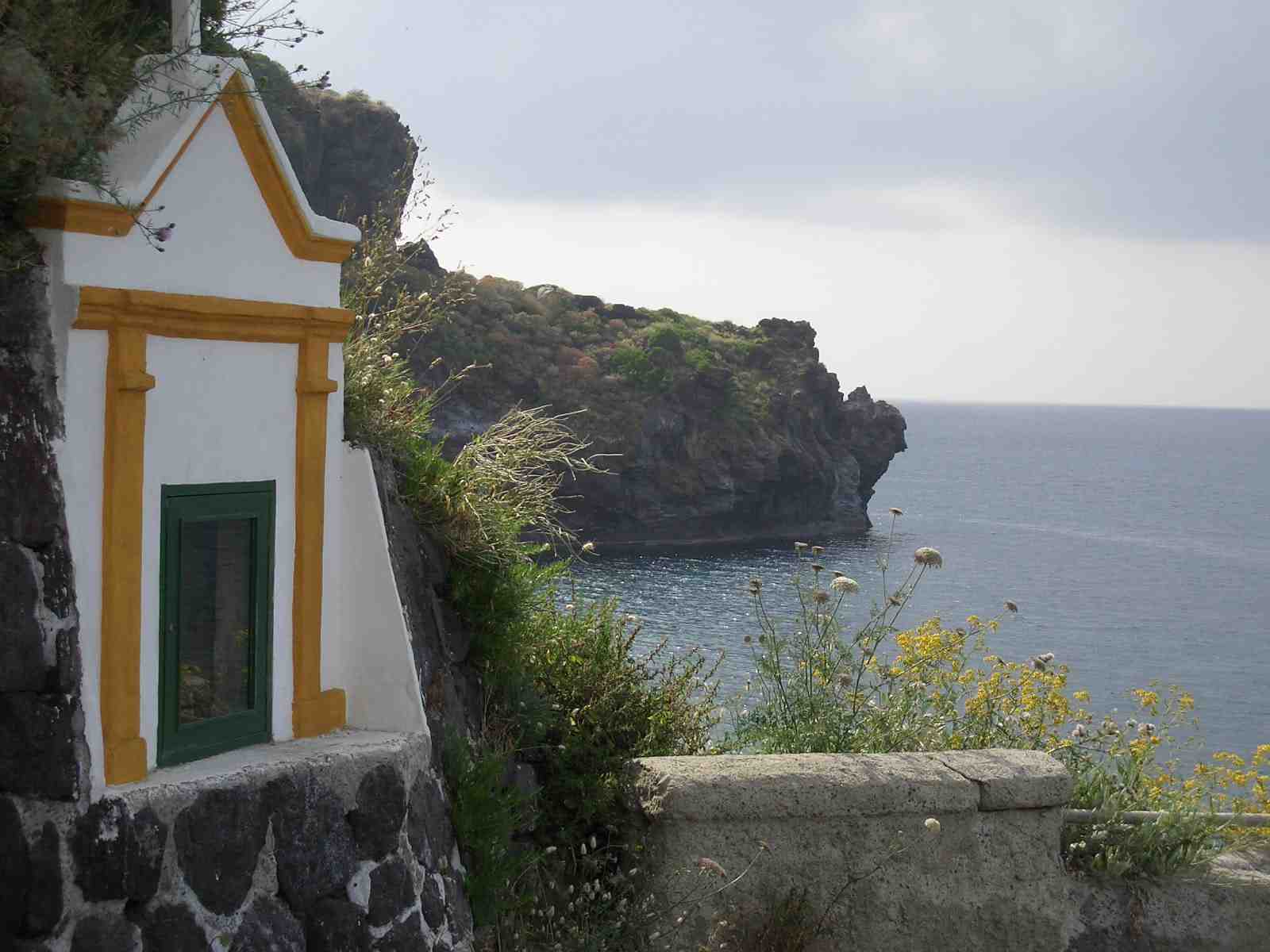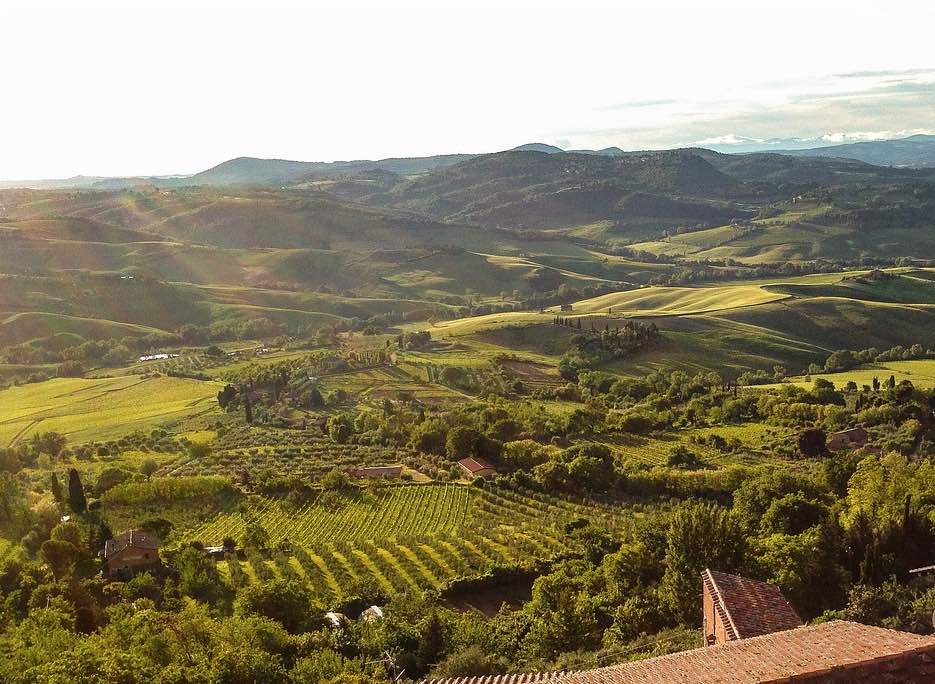
The most common and best-known sweet wine in Tuscany is undoubtedly Vin Santo in all its varieties. According to the production regulations for wines from the IGT Toscana (Indicazione Geografica Tipica), other sweet wines may also be produced. Either a Passito, i.e. a sweet wine made from dried grapes,

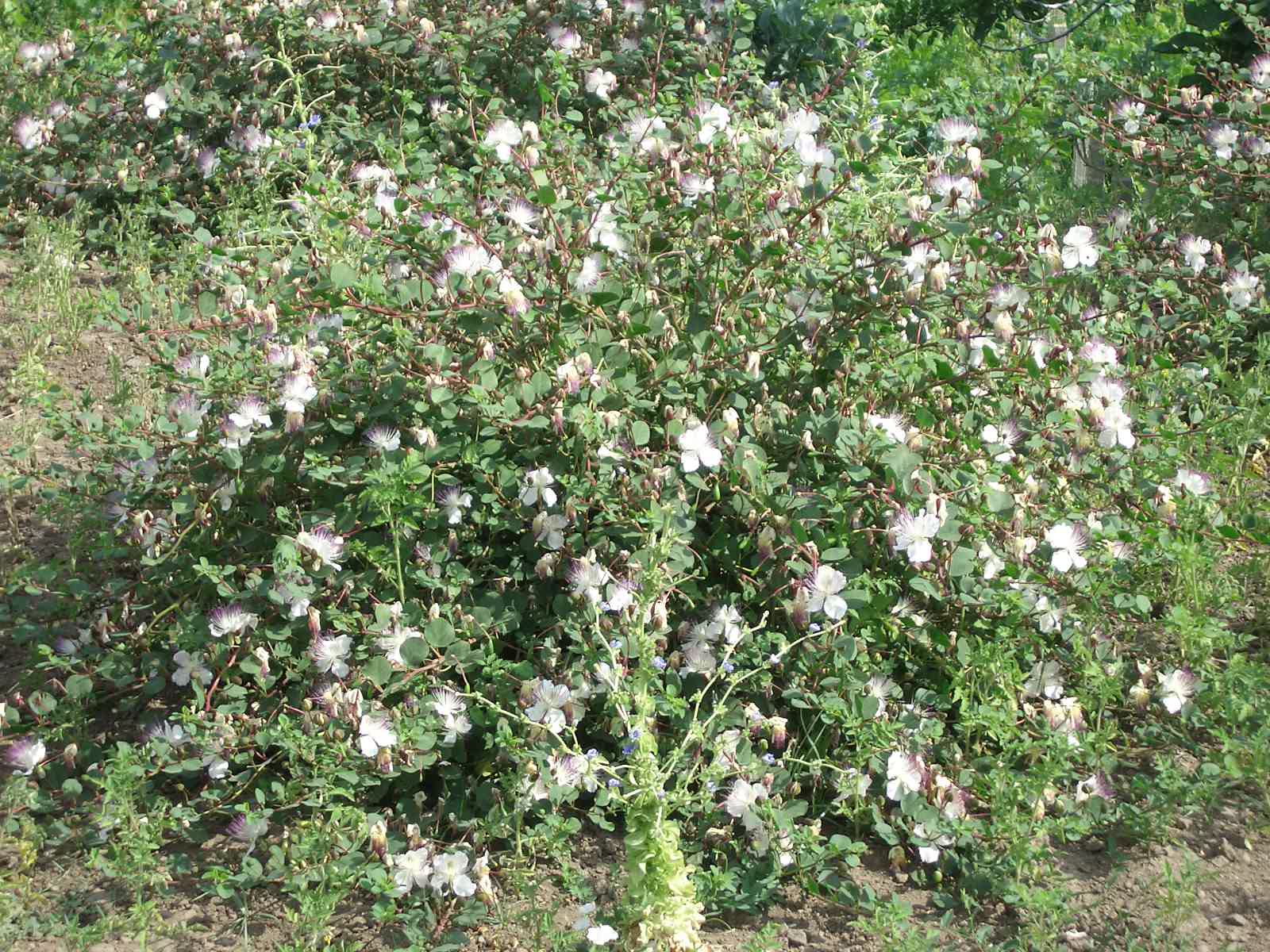 Pantelleria is best known for its capers, which are said to be the best in the world. Belonging geologically to the African continent, the Italian island, also known as the Island of the Winds, is only around 50 km east of Tunisia, but around 100 km south of Sicily.
Pantelleria is best known for its capers, which are said to be the best in the world. Belonging geologically to the African continent, the Italian island, also known as the Island of the Winds, is only around 50 km east of Tunisia, but around 100 km south of Sicily.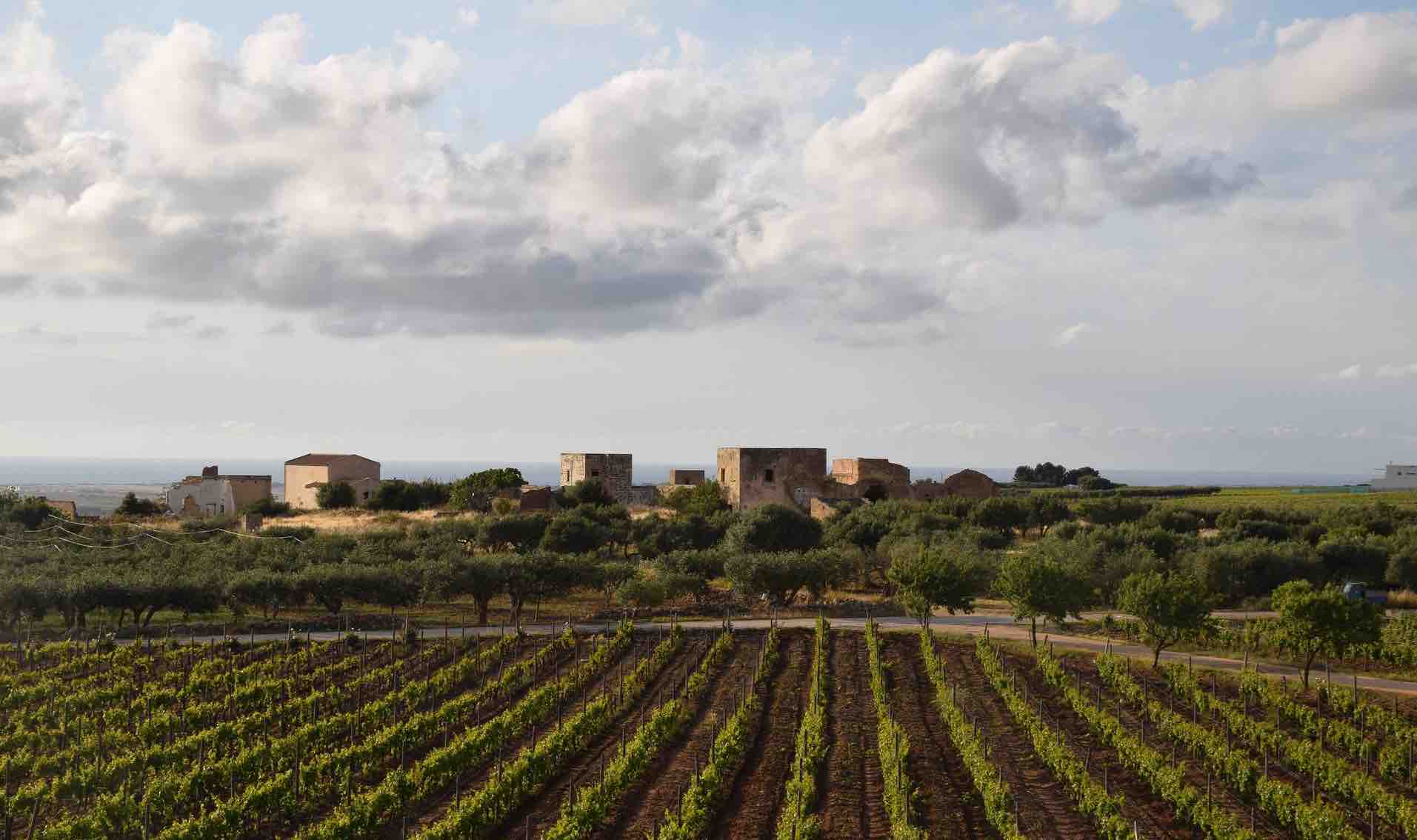
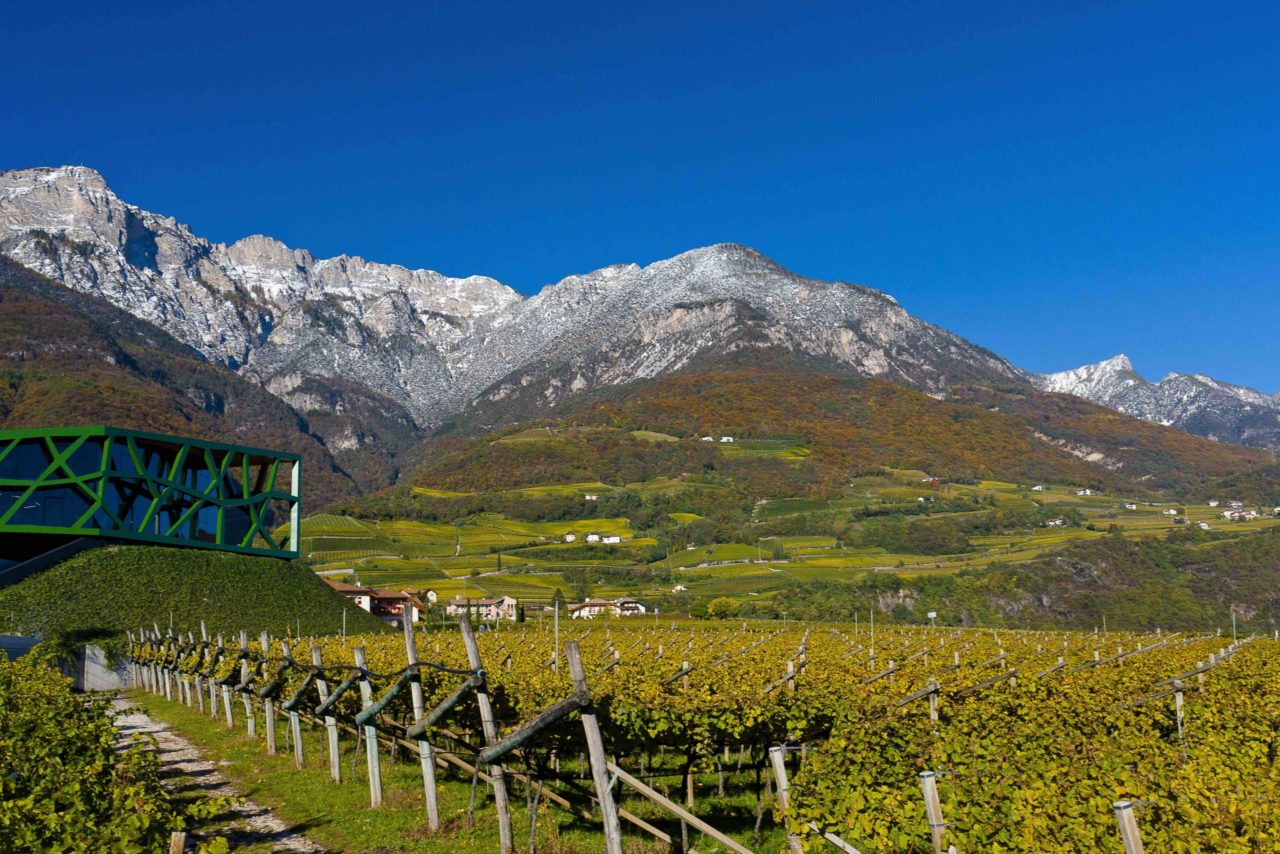
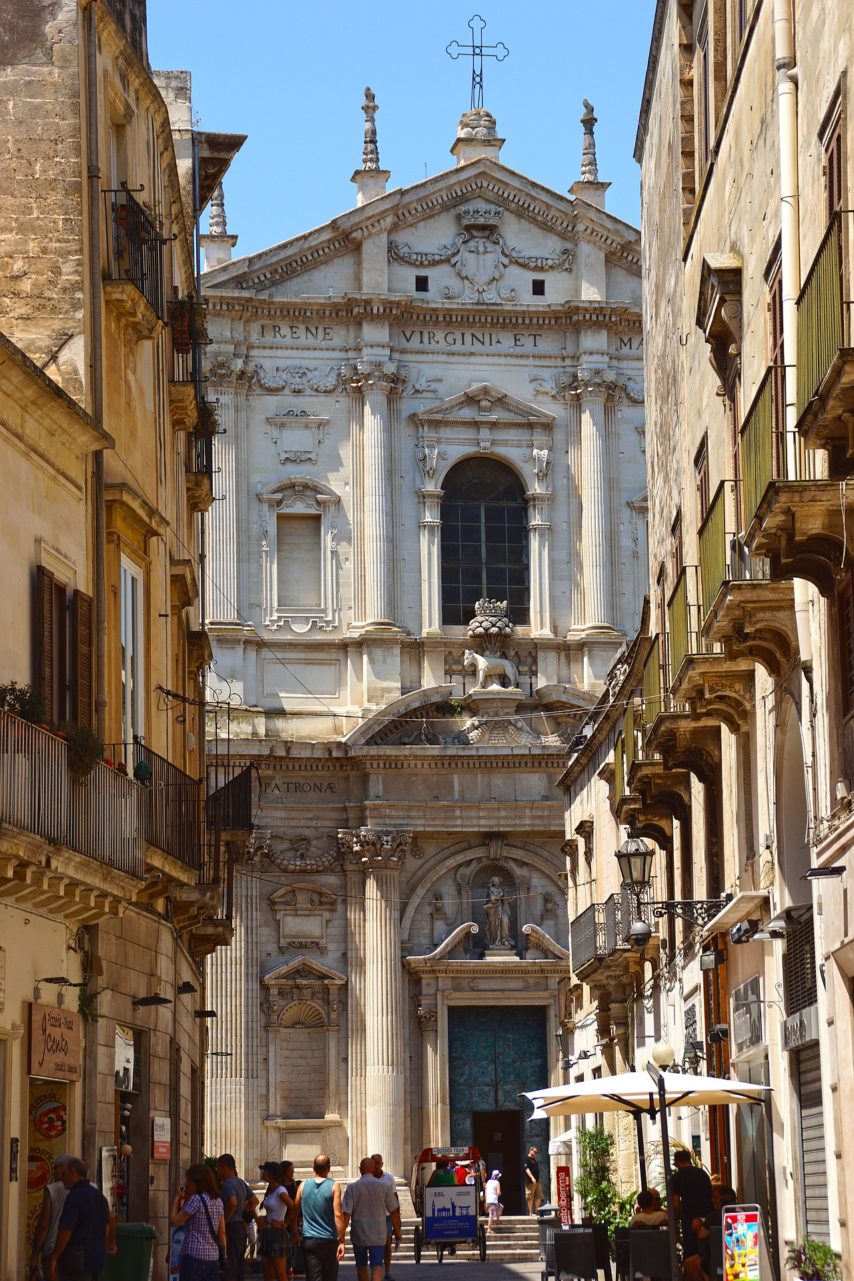
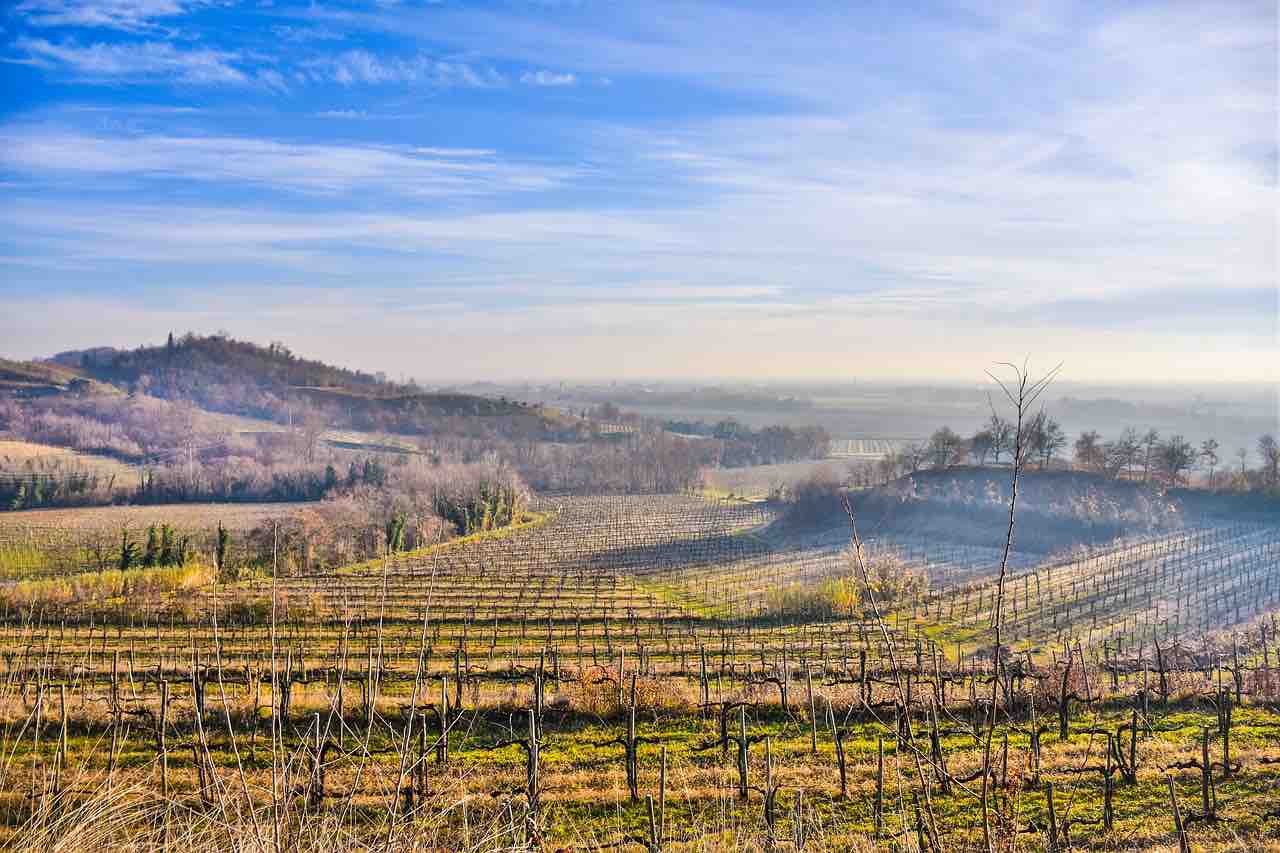
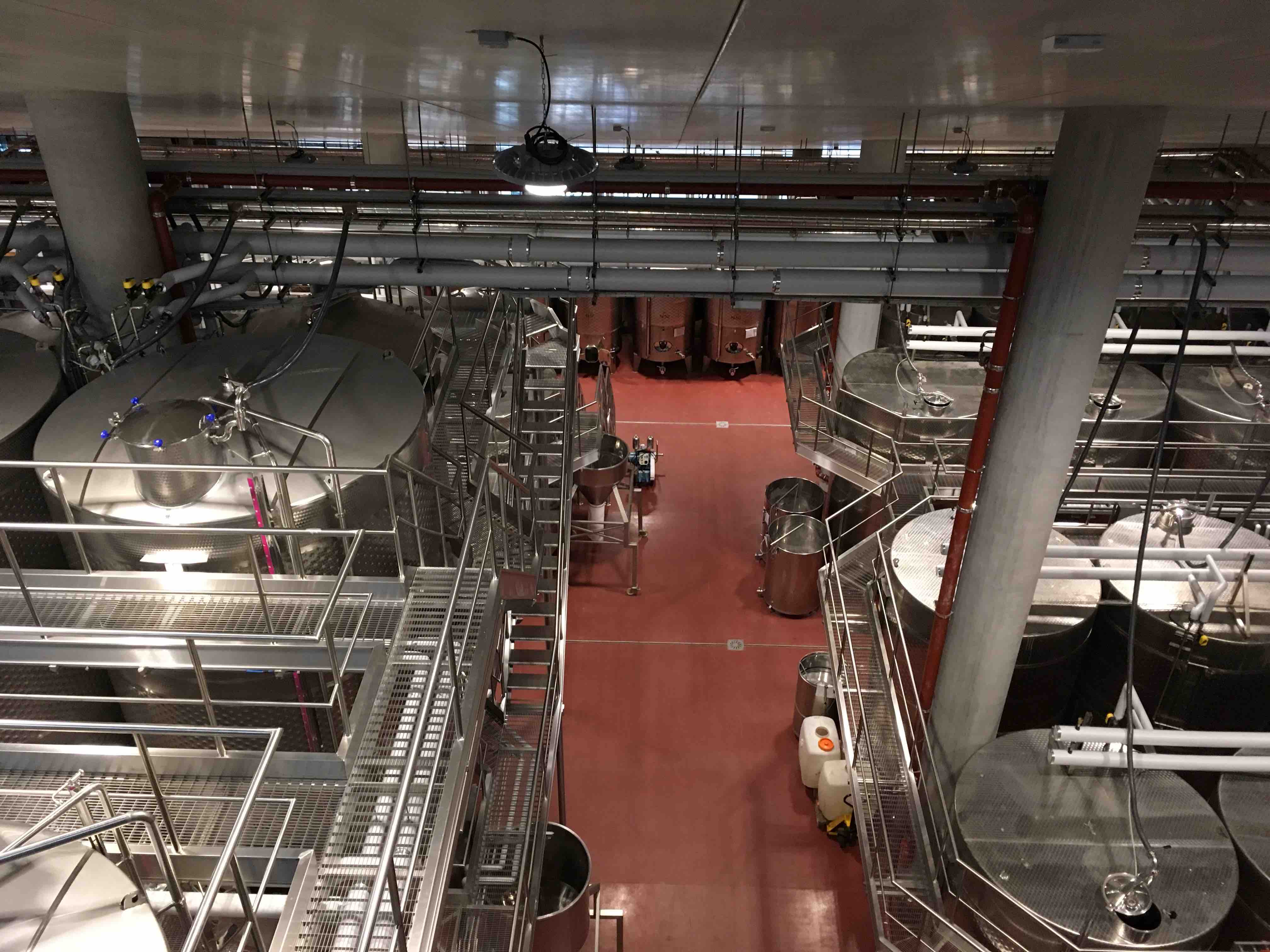 Moscato Rosa del Trentino – called in South Tyrol Rosenmuskateller – a grape variety that is found almost exclusively in northern Italy and especially in South Tyrol, does not come from Sicily, as often claimed in Italy, but most likely from Dalmatia. In this respect, the synonym of the variety Moscato Rosa del Trentino is a bit misleading, as far more than 85% of the approximately 100 hectares of the Italian Rosenmuskateller vineyards are in South Tyrol. Outside Italy you will find some Moscato Rosa del Trentino on Lake Neusiedl, as well as in Rheinhessen and Istria. It should be noted that the variety is a descendant of Moscato Bianco…
Moscato Rosa del Trentino – called in South Tyrol Rosenmuskateller – a grape variety that is found almost exclusively in northern Italy and especially in South Tyrol, does not come from Sicily, as often claimed in Italy, but most likely from Dalmatia. In this respect, the synonym of the variety Moscato Rosa del Trentino is a bit misleading, as far more than 85% of the approximately 100 hectares of the Italian Rosenmuskateller vineyards are in South Tyrol. Outside Italy you will find some Moscato Rosa del Trentino on Lake Neusiedl, as well as in Rheinhessen and Istria. It should be noted that the variety is a descendant of Moscato Bianco… 